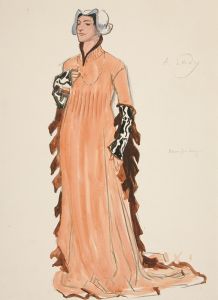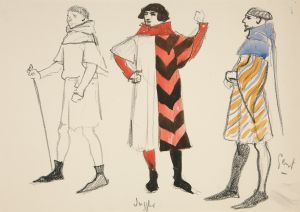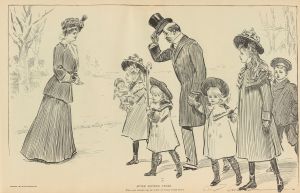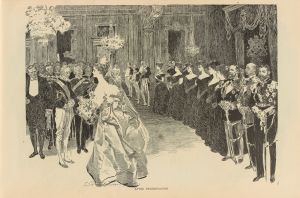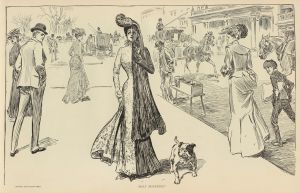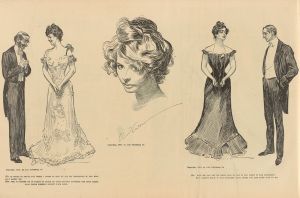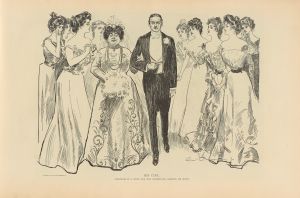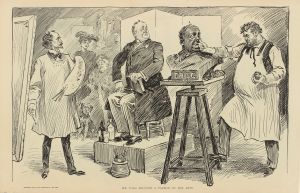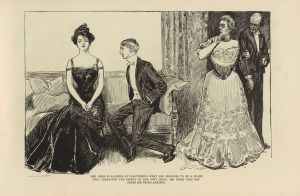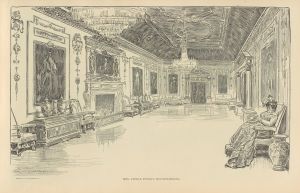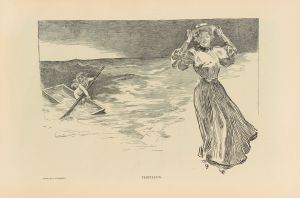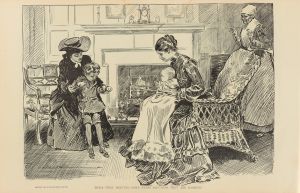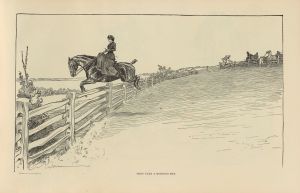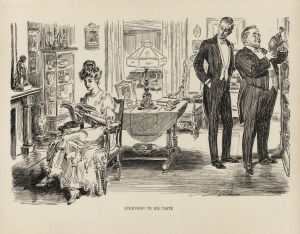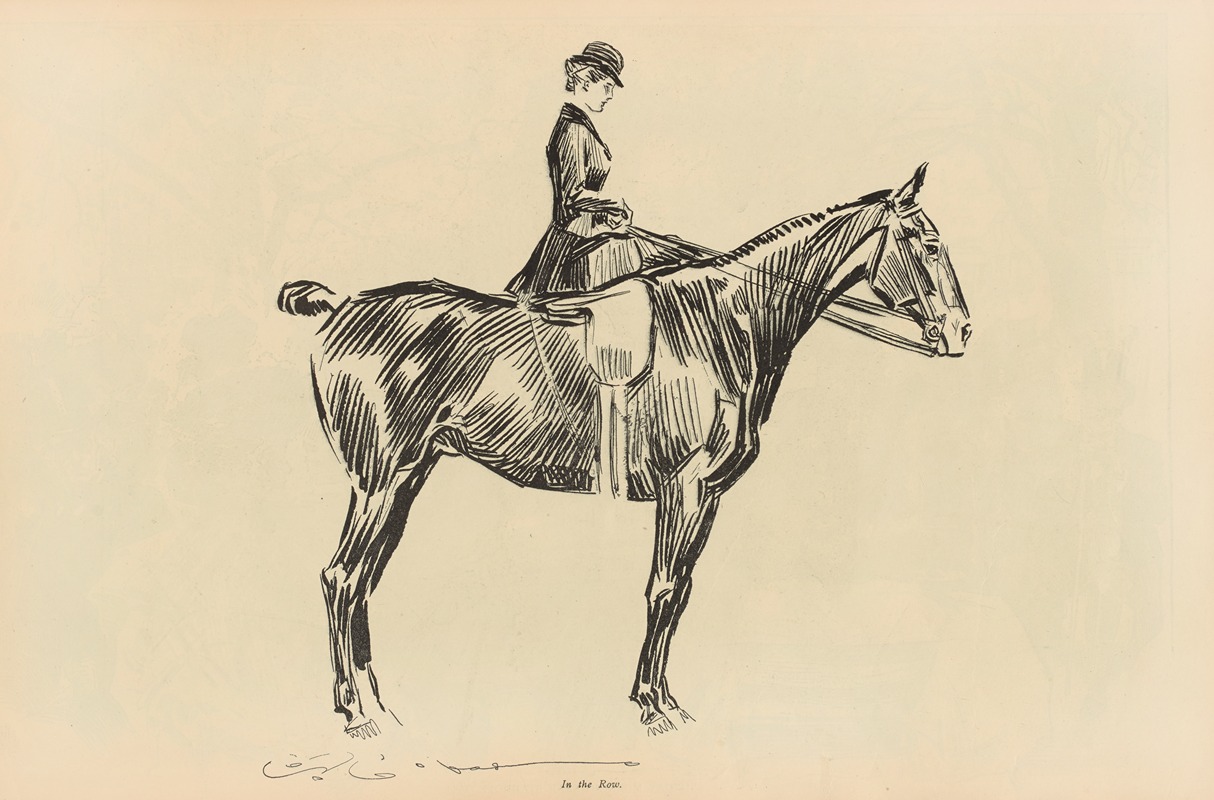
In the Row
A hand-painted replica of Charles Dana Gibson’s masterpiece In the Row, meticulously crafted by professional artists to capture the true essence of the original. Each piece is created with museum-quality canvas and rare mineral pigments, carefully painted by experienced artists with delicate brushstrokes and rich, layered colors to perfectly recreate the texture of the original artwork. Unlike machine-printed reproductions, this hand-painted version brings the painting to life, infused with the artist’s emotions and skill in every stroke. Whether for personal collection or home decoration, it instantly elevates the artistic atmosphere of any space.
Charles Dana Gibson was an influential American illustrator best known for his creation of the "Gibson Girl," an iconic representation of the American woman at the turn of the 20th century. Among his numerous works, "In the Row" stands out as a notable piece, though specific details about this particular illustration are not as widely documented as some of his other works.
Gibson's career began in the late 19th century, and he quickly gained popularity for his pen-and-ink drawings that captured the social dynamics and fashion of his time. His illustrations were featured in prominent publications such as Life, Harper's Weekly, and Scribner's, making him a household name. The "Gibson Girl" became a cultural phenomenon, embodying the idealized beauty, independence, and confidence of women during the Progressive Era.
"In the Row" is one of Gibson's many illustrations that likely reflects his keen observation of society and his ability to depict scenes with both elegance and subtle social commentary. While specific information about the context or content of "In the Row" is limited, it can be inferred that, like many of Gibson's works, it would capture a moment of social interaction or leisure, possibly set in a fashionable urban environment or a genteel outdoor setting.
Gibson's style is characterized by its clean lines and attention to detail, often portraying his subjects with a sense of grace and poise. His illustrations frequently included elements of humor and irony, subtly critiquing the social norms and expectations of his time. The "Gibson Girl" herself was often depicted in various activities, from leisurely strolls to more active pursuits, challenging the traditional roles of women and reflecting the changing attitudes towards gender and society.
The impact of Gibson's work extended beyond illustration; it influenced fashion, advertising, and even the perception of women's roles in society. The "Gibson Girl" became a symbol of the new woman, one who was educated, independent, and socially active. This cultural impact underscores the significance of Gibson's illustrations, including "In the Row," as more than mere artistic expressions but as reflections of the evolving American identity.
Despite the lack of specific information about "In the Row," Charles Dana Gibson's legacy as an illustrator remains significant. His ability to capture the essence of his era through his art continues to be appreciated by historians and art enthusiasts alike. His work offers valuable insights into the cultural and social dynamics of the late 19th and early 20th centuries, making him a pivotal figure in American art history.





